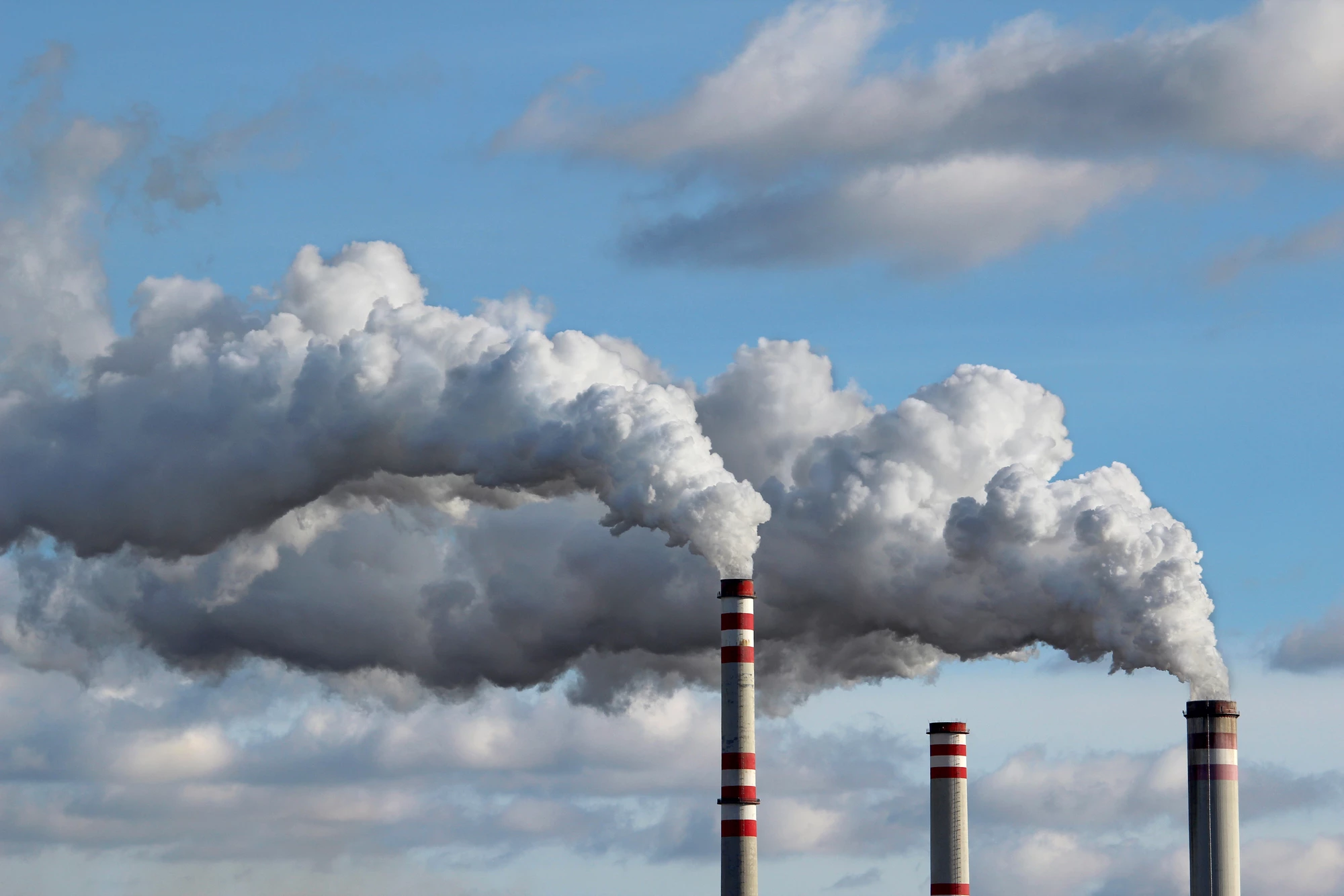As carbon dioxide builds up in the atmosphere, it won’t be enough to simply curb our emissions – we’ll need to actively remove some of what we’ve already released. In a new advance, researchers from Tokyo Metropolitan University have developed a new compound that can reportedly remove carbon dioxide from ambient air with 99 percent efficiency and at least twice as fast as existing systems.
Direct air capture (DAC) technologies usually remove carbon dioxide by piping air or exhaust through some kind of filter or catalyst, including magnetic sponges, zeolite foam or materials made of clay or coffee grounds. Others bubble the air through a liquid, which can either absorb the CO2 or cause it to separate out into solid crystals or flakes.
The new compound falls into that last category, which are known as liquid-solid phase separation systems. While studying a series of liquid amine compounds, the Tokyo Metro team discovered one, called isophorone diamine (IPDA), was particularly effective at capturing carbon dioxide.
In tests, the team found that IPDA was able to remove more than 99 percent of CO2 from air with a concentration of 400 parts per million (ppm) – about the level currently in the atmosphere. This process also happened much faster than other carbon capture techniques, removing 201 millimoles of CO2 per hour, per mole of the compound. That’s at least twice as fast as other DAC lab systems, and far faster than the leading artificial leaf device.
The pollutant separated out into flakes of a solid carbamic acid material, which could be removed from the liquid relatively easily. If need be, it can be converted back into gaseous CO2 by heating it to 60 °C (140 °F), which also releases the original liquid IPDA ready for reuse. Whether the carbon is kept as a solid or a gas, it can then be stored or reused in industrial or chemical processes.

The new system shows promise but, of course, there’s always the question of scale. Humanity belches about 30 billion tons of carbon dioxide into the atmosphere every year, and the world’s largest direct air capture plant currently removes about 4,000 tons a year. It feels a little like bailing water out of a sinking ship with a shot glass.
But still, every glass helps, and the more technologies we have at our disposal for this huge job, the better. And there’s reason for optimism too, as the US Department of Energy has recently announced US$3.5 billion in funding for DAC hubs. Hopefully this kind of attention will encourage some of the more out-there experiments, like using high-altitude balloons or big ponds of algae.
The researchers on the new study are now working on improving the system and investigating how the captured carbon could best be used.
The research was published in the journal ACS Environmental Au.
Source: Tokyo Metropolitan University via Eurekalert




